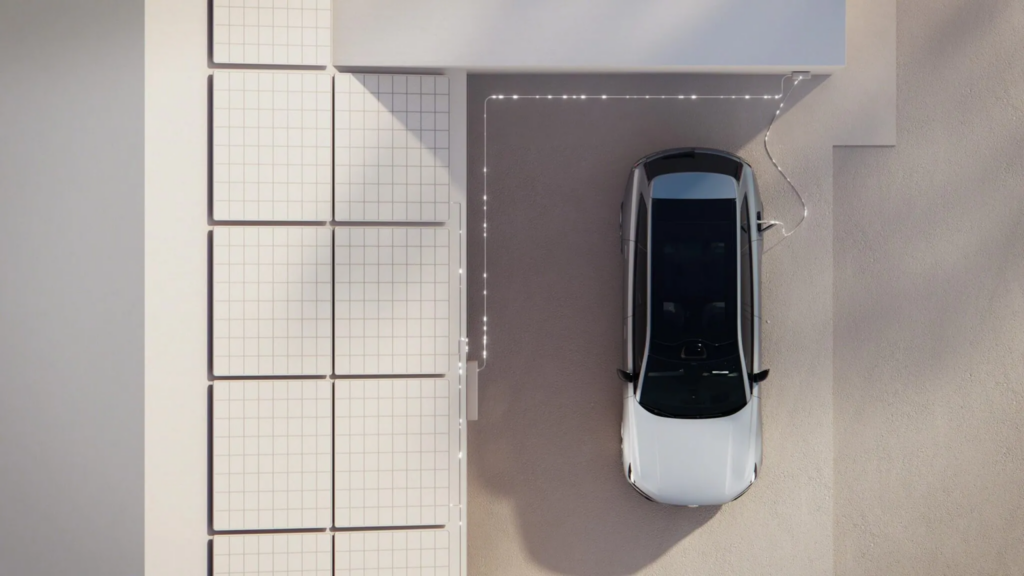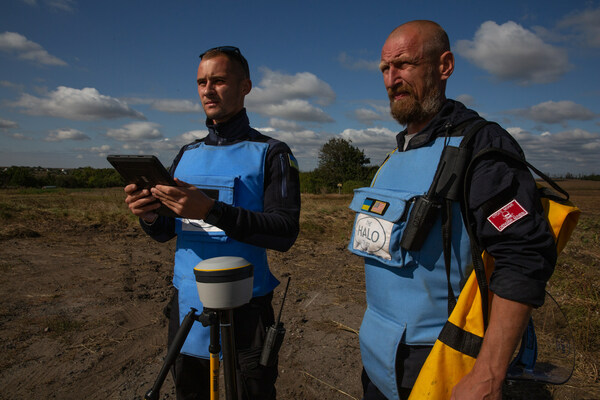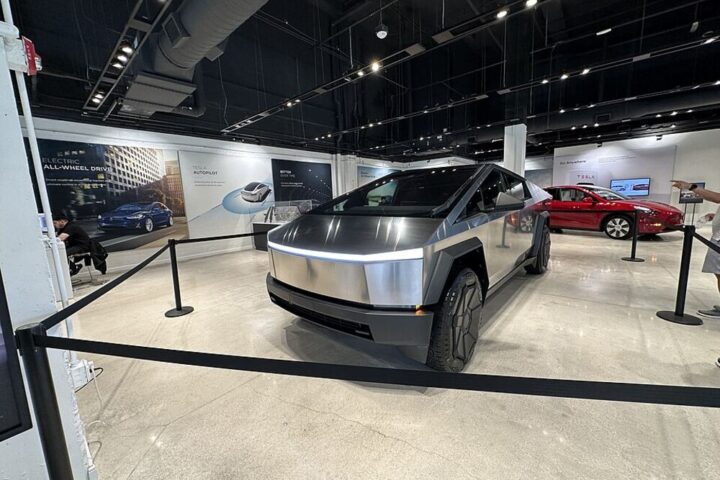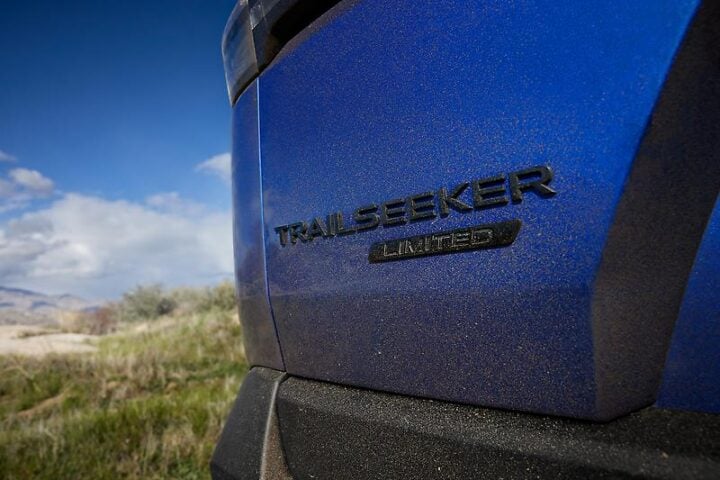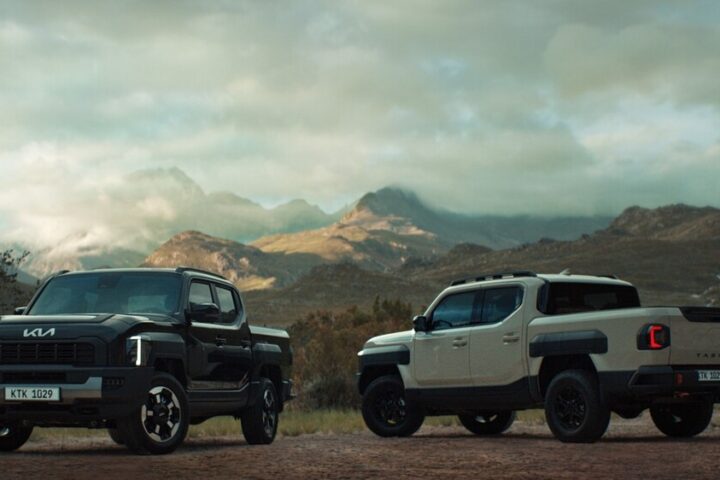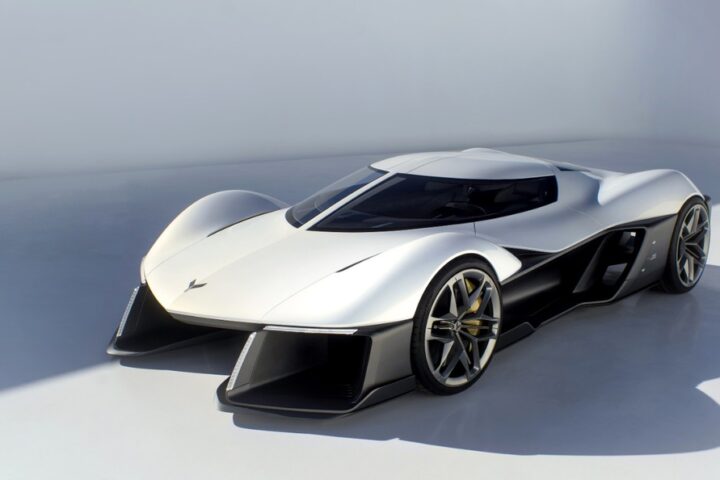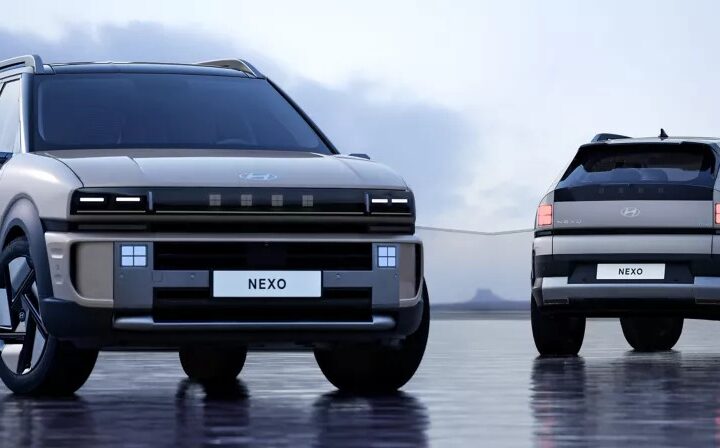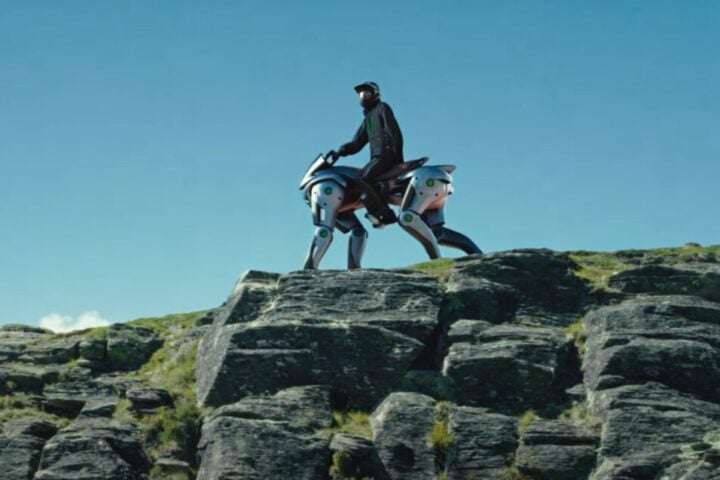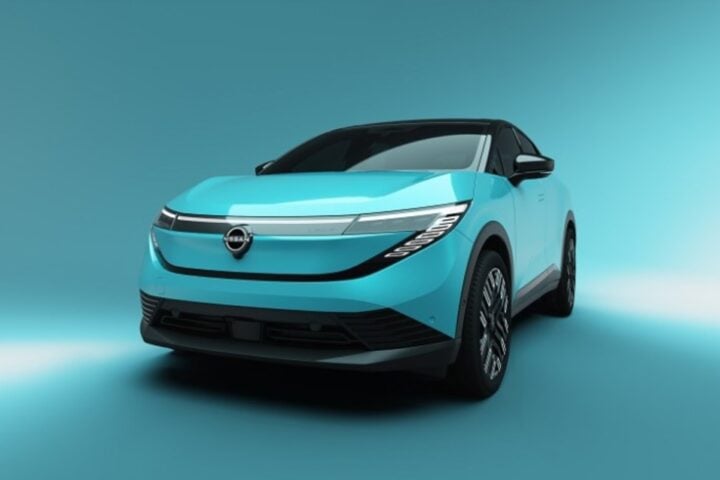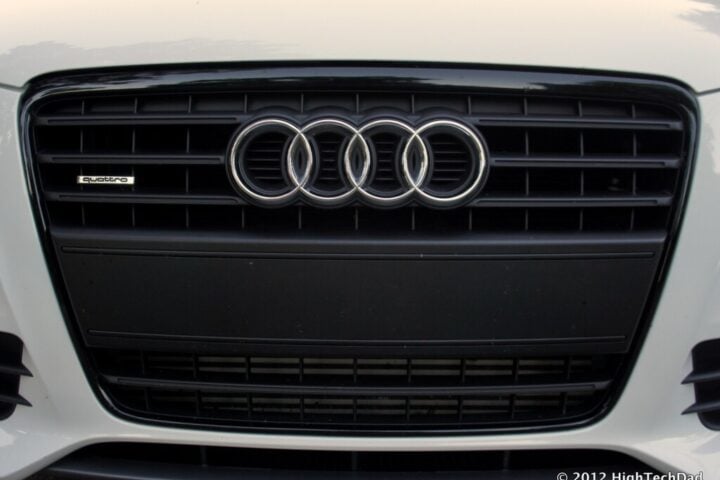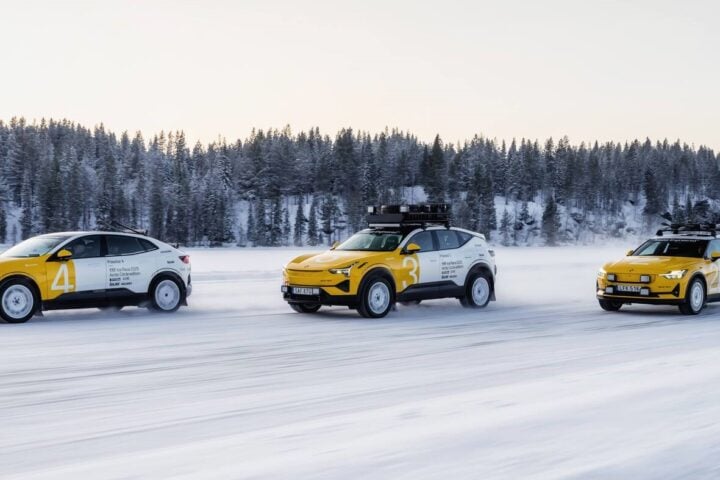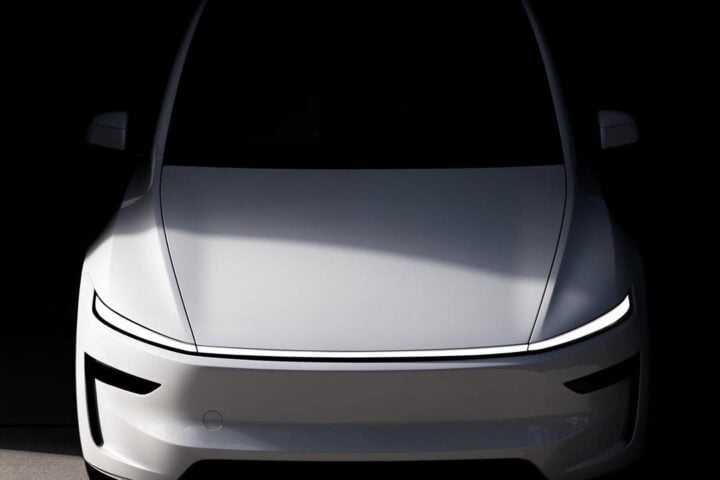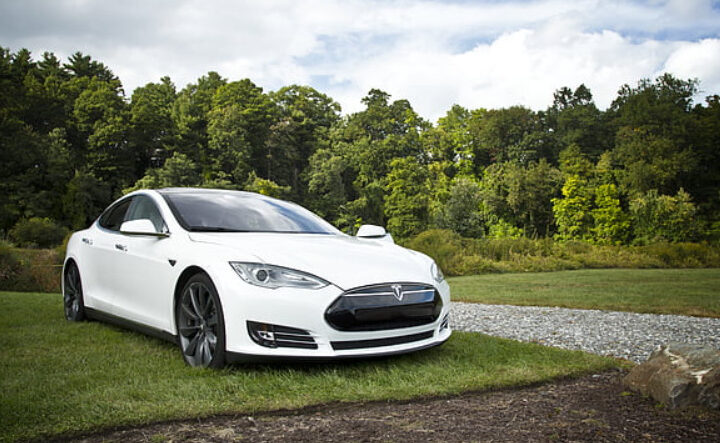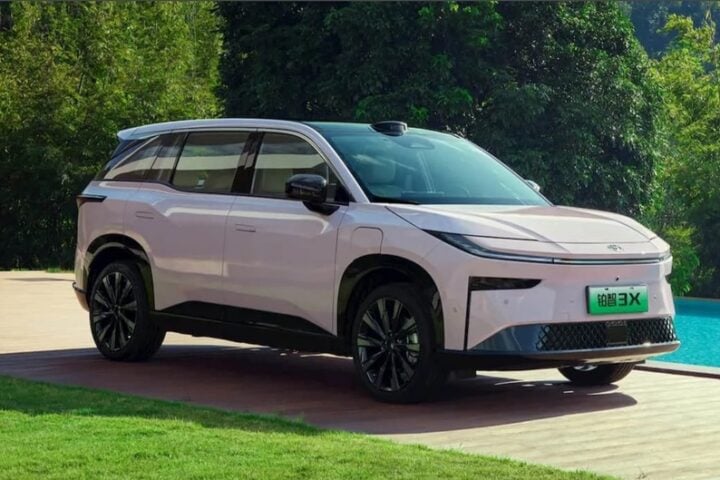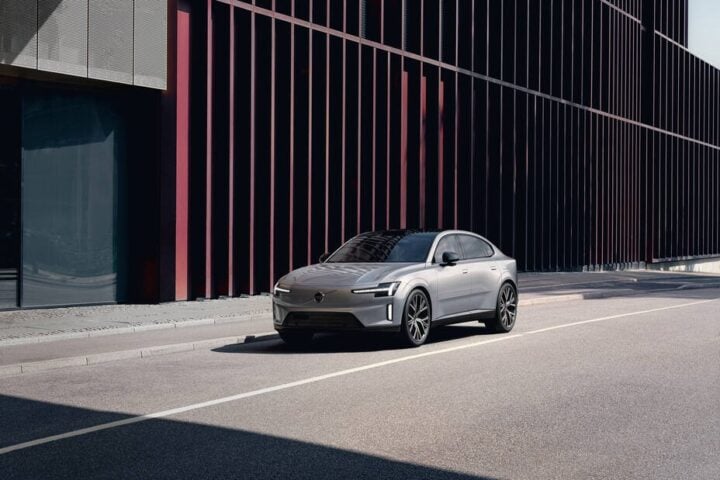Let’s talk about contrails. You know, those white lines that jet planes sketch across the sky? They look cool but might affect the climate; well, they actually have a big impact on our planet’s temperature. NASA’s got its eye on this and is working with Boeing and United Airlines to see if greener fuels can make a difference.
Here’s the scoop: NASA and Boeing are running tests in Washington state with a Boeing 737-10, which is part of Boeing’s ecoDemonstrator program. This plane is pretty special because it can switch between running on 100% sustainable aviation fuel (SAF) and the usual jet fuel that’s a bit cleaner on the sulfur side. NASA’s DC-8, a flying lab that’s pretty much the heavyweight champ of the skies, is tailing the Boeing to measure what’s coming out of the engines and how it affects those contrails.
Rich Moore, a NASA scientist who knows his stuff about aerosols, is the head honcho of this research. He’s all about not just fixing the contrail issue but stopping it before it starts. He’s quoted saying, “Contrails are believed to be a major source of pollution. With this flight campaign, we’re looking not so much at correcting contrails, but at preventing them.” That’s a big deal because contrails can hang around up there and mess with temperatures, which isn’t great for climate change.
So, what’s the big deal with SAF? Well, it’s supposed to spit out fewer soot particles, which means fewer ice crystals to form contrails. And the crystals that do form are bigger, so they fall out of the sky faster. That’s good news for keeping our atmosphere cleaner.
Similar Posts
NASA’s not new to this game. They’ve been looking into SAF for a while, running tests with smaller jets and even teaming up with the German Aerospace Center. They’ve found that SAF is pretty good at cutting down particles that can lead to contrails and even improve air quality around airports.
The end goal? NASA wants to help the aviation industry stop adding new CO2 to the mix. SAF comes from stuff that doesn’t add extra carbon when it’s burned, like plants and waste oils. It’s a smart move for an industry that’s aiming for zero greenhouse gas emissions by 2050.
Flight tests are the gold standard for figuring out if these new ideas actually work. That’s why NASA’s DC-8 and partnerships like the ecoDemonstrator are key. They give us the hard data we need to make flying more eco-friendly.
Within the next year, the team will share their findings with the world. And that’s straight from Moore, who’s excited about the transparency of this project.
In short, this isn’t just about flying from point A to point B anymore. It’s about making sure we do it in a way that’s better for our planet. And that’s something everyone can get on board with.

